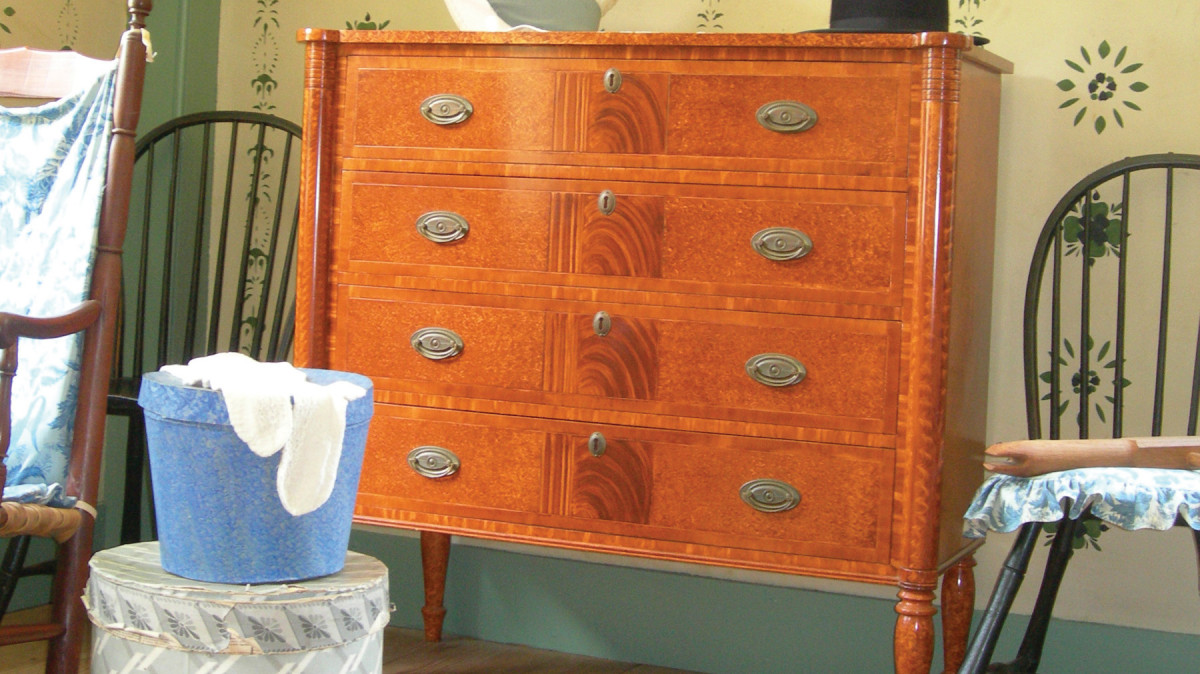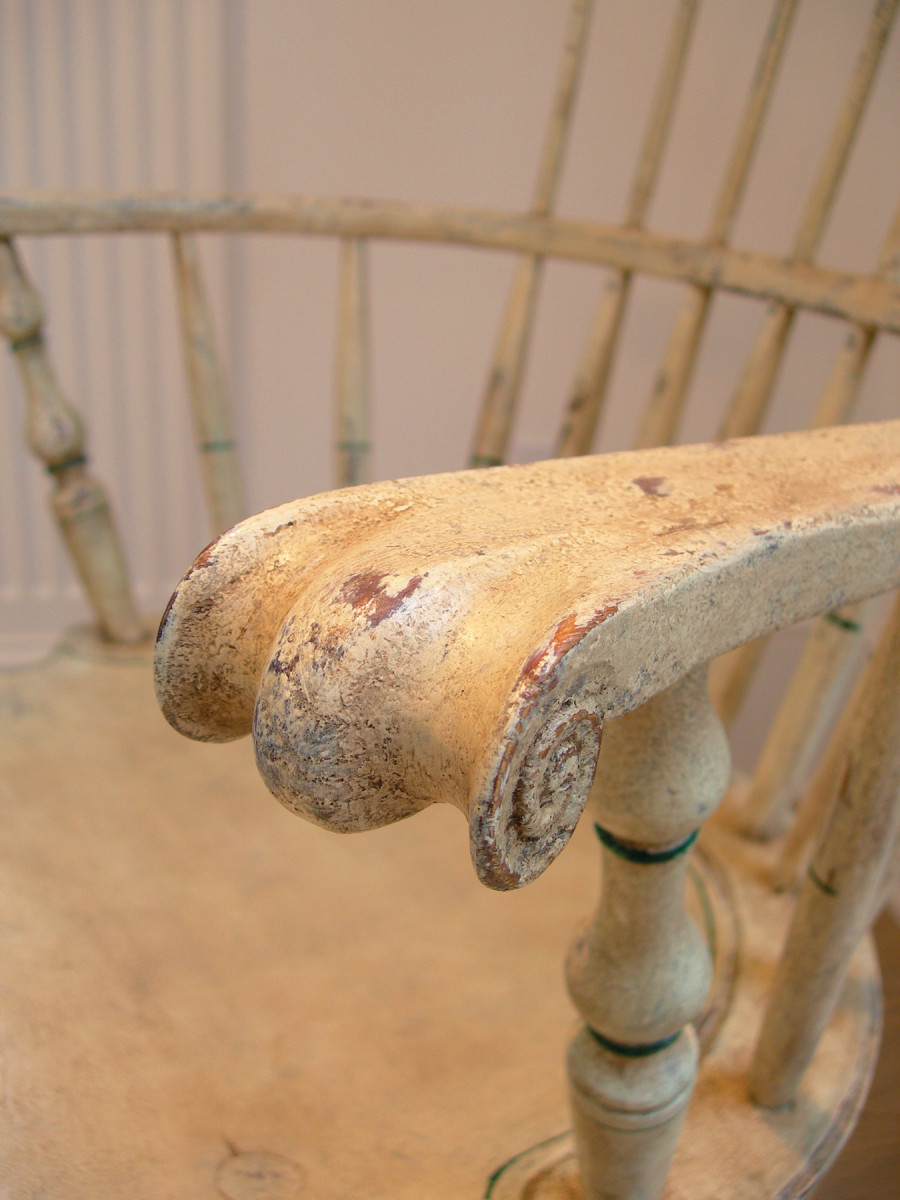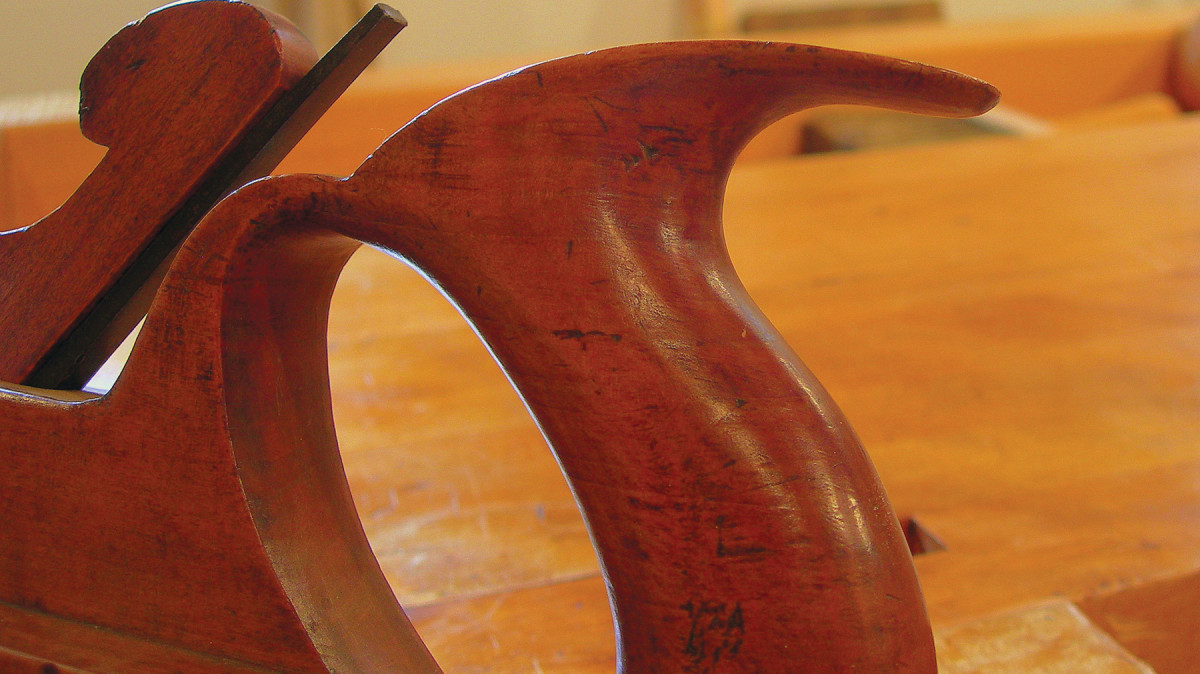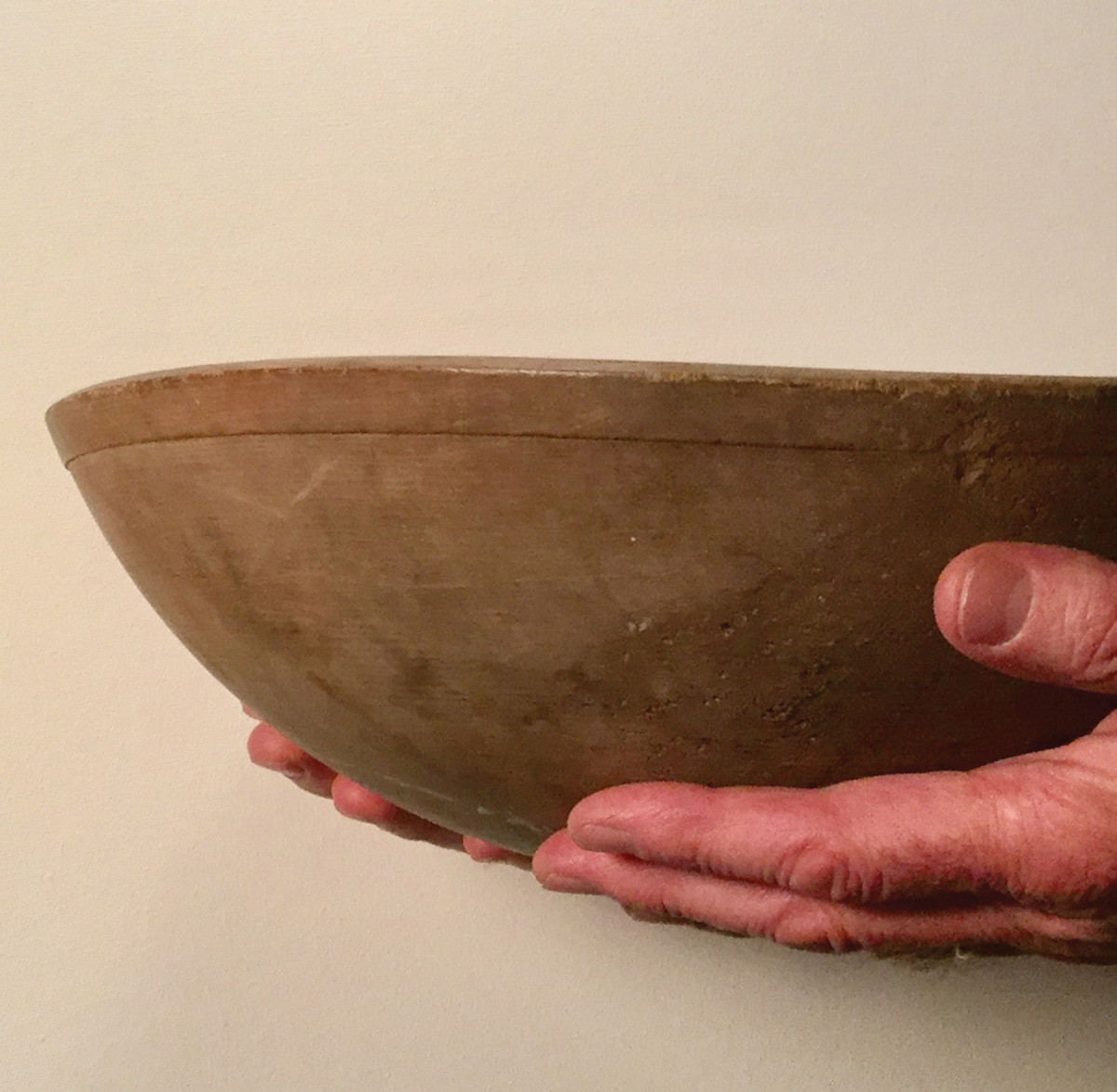We may receive a commission when you use our affiliate links. However, this does not impact our recommendations.

Like butter. The curves on this wooden butter paddle are a treat to the eye but even better to touch.
While design is dominated by the eye, the hand plays an important role.
Most of what I’ve written about design has focused on how we look at it. Yet good design often has multiple layers that speak to all of our senses. We tend to think of the visual sense as the dominant player, but our sense of touch can also help us take our designs to another level.
Our ability to see with our fingers is remarkable. We can reach into our pocket and tell the difference between a dime and a penny. We can run our hands across a freshly planed board, feeling the smallest plane track that’s invisible to our eyes. When we say that we work with our hands, it’s more than just wielding a chisel or mallet. Our hands are a portal to how we interact with the tools and the work.
Much of what we do at the bench is dependent on what our hands tell us. It’s almost impossible to imagine working without the sense of touch. But that goes beyond running our fingertips over a joint to feel whether the parts are flush and tight. We constantly make aesthetic judgments with our hands, which are always looking for connections. Our sense of touch is always on, much like our nose that catches a whiff of something that brings a smile, frown or empty indifference.
Good Skipper

From a distance. Much of our visual interpretation of a design is from across the room and about how it fits into the neighborhood, as with this dresser in its period surroundings.
I can remember as a boy searching through the rocks on a gravel beach for good skipper stones that I could sling across the water. Often, as I picked through the sand and stones, I’d stumble across one with an odd shape that felt just right in my hand. I’d roll it around my fingers and, without thinking, it became a keeper and went in my pocket instead of the lake bottom – much to my mom’s chagrin, when she later found it rattling in the washing machine.
We make judgments about our environment through all of our senses, each one giving us a piece of the picture of the reality before us. And, three of them (sight, sound and smell) are feedback mechanisms we use from a distance.
We make visual judgments about a chest of drawers or table from across the room. Often our impressions are about how the object relates to the space it sits in. We find that our visual judgment is often influenced by sunlight streaming through a nearby window and how the surfaces reflect that light. Feedback we get from a distance tells us how the object relates with its surroundings. Furniture has always been strongly linked to architecture – how it relates to its surroundings ties into that.
Up Close & Physical
Our sense of touch is a different animal. It’s always a close-up encounter. It differs from visual judgments because we are not comparing how the piece interacts with its surroundings, we are responding to how the piece interacts with our bodies. We are taking in some complex and sophisticated signals through the nerves in our fingers, which often strike a chord inside us that is difficult to explain. Why does a wooden handle seem friendlier to our grip than an injection-molded plastic handle? The latter feels hollow and dead.
From our earliest moments our fingers help us understand and relate to our world. It’s a subjective thing, but like our sense of hearing there are some universals that we connect with. With hearing we may have a wide range of preferences, but universally we tend to connect more with a songbird than a sound of a dentist’s drill or a jackhammer. With our sense of touch we also have a wide range of shapes and textures we connect with – and we typically connect more with curves than sharp corners and ragged edges.
Shapes

The mouse that roars. The small carved details on this chair arm speak louder than their size would suggest.
Designers have long recognized this powerful connection and, despite our advances in technology, it’s still a force to be reckoned with. I once spoke with an engineer from Kodak who spent decades working on designs for hand-held cameras. He joked that the overarching goal was always to design a camera shape that felt like a bar of soap.
Think about it. Look at many of the small technical items meant to interact with your hands, like the mouse you use with your computer. It’s just a plastic bar of soap. That shape is telling us something just like a smooth stone that found its way into a child’s pocket. We respond profoundly to curved surfaces that our hands can explore and connect with. Whether it’s the arch on the back of an old wooden scoop or the gentle curved termination on the arm of a chair, our hands send us messages that make us smile inside.
I know that when I pick up a bowl and feel the curves on the inside of the vessel, if the curve feels like something that I scooped out with my bare hand, a little music goes off in my head and I find that I connect with it. The same goes for the curves on the outer surface. Sometimes the shape of a bowl or turned vessel feels like it’s embracing my hands, not the other way around. I try to forget about what my head is saying and listen to what my hands are telling me.
See With Your Hands

The handle challenge. In a blind test, for which would our hand vote – the carved wooden handle on this antique wooden plane or the plastic tote on this modern hand tool (below)?
If you have read this column for any length of time you know that I’m always challenging you to open your eyes to see deeply. Whether it’s with a sketchbook or camera, or exploring with a pair of dividers, I’m always encouraging you with methods to gain fresh insight.
 Here’s another way to broaden your horizon. Use your sense of touch to deliberately train your inner eye. Don’t be embarrassed to close your eyes and use your hands to make mental notes about the shape of a drawer pull or the edge of a chair’s back splat. Use your fingers to compare. Take note of transitions that feel delicious compared to ones that seem mechanical and dead.
Here’s another way to broaden your horizon. Use your sense of touch to deliberately train your inner eye. Don’t be embarrassed to close your eyes and use your hands to make mental notes about the shape of a drawer pull or the edge of a chair’s back splat. Use your fingers to compare. Take note of transitions that feel delicious compared to ones that seem mechanical and dead.

The right curve. Are my hands holding this hewn bowl or are the curves on this bowl embracing my hands?
You probably already do this without thinking – but try to slow down and do it deliberately, paying attention to what your hands are telling you. Just make sure that drawer pull doesn’t end up in your pants pocket, rattling around in the washing machine.
Here are some supplies and tools we find essential in our everyday work around the shop. We may receive a commission from sales referred by our links; however, we have carefully selected these products for their usefulness and quality.








